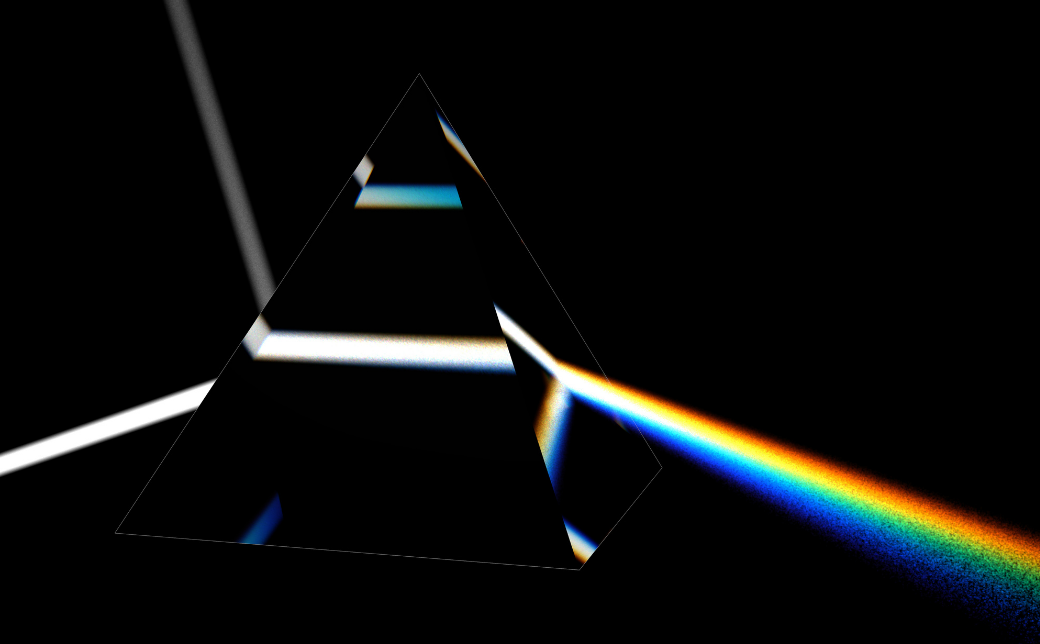11. Complete Activity 11.11 (Page 135). Take a glass prism. Allow narrow beam of sunlight through a small hole in the window of a dark room to fall on one face of the prism. Let the light coming out of the other face of the prism fall on a white sheet of paper or on a white wall. What do you observe? Do you see colours similar to those in a rainbow? Try to identify these colours and write their names in your notebook. Make the necessary conclusions.
Answer:
The activity can be carried out as follows:
Aim: To identify the colours of light after it passes through a prism and make the necessary conclusions.
Materials Required: Glass prism, white sheet of paper or a white wall, notebook.
Procedure:
(i) Take a glass prism and allow a narrow beam of sunlight through a small hole in the window of a dark room to fall on one face of the prism,
(ii) Let the light coming out of the other face of the prism fall on a white sheet of paper or on a white wall and observe what happens.
Observations: Colours similar to that of a rainbow, namely violet, indigo, blue, green, yellow, orange and red, are seen on the white wall.

Conclusions: We can conclude from this activity that sunlight or white light consists of the seven colours violet, indigo, blue, green, yellow, orange and red.
“Take a glass prism. Allow narrow beam of sunlight through a small hole in the window of a dark room to fall on one face of the prism. Let the light coming out of the other face of the prism fall on a white sheet of paper or on a white wall. What do you observe? Do you see colours similar to those in a rainbow? Try to identify these colours and write their names in your notebook. Make the necessary conclusions.” – Solved.
Related Links:
Solution to Extended Learning Problem 1
Solution to Extended Learning Problem 2
Solution to Extended Learning Problem 3
Solution to Extended Learning Problem 4
Solution to Extended Learning Problem 5
Solution to Extended Learning Problem 6
Solution to Activity 11.1
Solution to Activity 11.2
Solution to Activity 11.3
Solution to Activity 11.4
Solution to Activity 11.5
Solution to Activity 11.6
Solution to Activity 11.7
Solution to Activity 11.8
Solution to Activity 11.9
Solution to Activity 11.10
Solution to Activity 11.11
Solution to Activity 11.12


